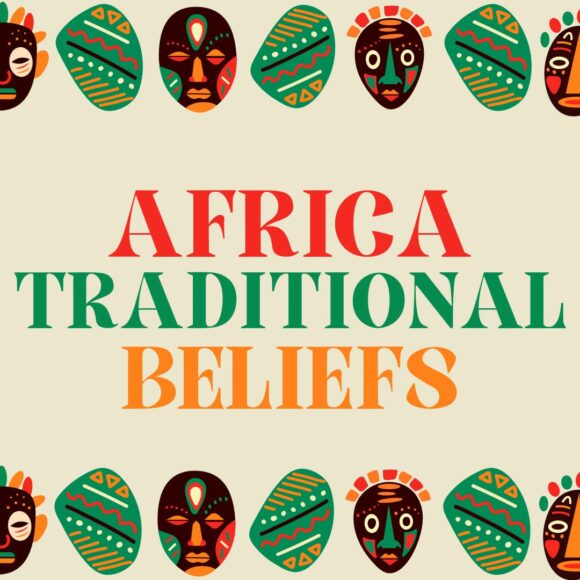
by Antonio Napoli
The term “religiosity” can be examined from two perspectives: that of the individual or that of an entire community. The former pertains to the intimate and opaque dimension of individual conscience, while the latter is more objective and visible, concerning the public and organized manifestation of worship.
In the case of the mafia — a powerful and wealthy criminal organization with global reach — these two aspects overlap until they coincide. In this nefarious form of syncretism, the mafioso forges a personal religion modeled on Catholicism but through a complete reversal of Christian values — nonviolence, forgiveness, solidarity with the marginalized, charity, justice, and mercy — which are distorted and inverted in essence. Thus, a mafioso may kill while crossing himself, receive communion without guilt, grotesquely believe God is on his side, or pray for assistance in committing crimes.
When religious atmosphere intertwines with mafia activities, a kind of “sacralization” of crime arises, blurring the line between divine justice and earthly injustice, virtue and violence. This can turn faith into a weapon against those who dare oppose the illegal system.
Italian Catholic Church documents have definitively repudiated any association between the religion practiced by mafiosi and that of Church doctrine. While today the incompatibility between the Gospel and the mafia is widely acknowledged, in the past this principle clashed with practices that blurred the lines between ecclesiastical and mafia religiosity — sometimes with guilty indulgence.
According to historian Enzo Ciconte, the relationship between the mafia and the Church has undergone three phases: “the time of indifference or ignorance, the time of silence, the time of speech” (Storia criminale, Rubbettino, 2008). However, it would be more accurate to say that the history of the Italian Catholic Church has been marked by both complicit silences and open opposition.
Sociologist Alessandra Dino highlights that the paradox of mafia religiosity cannot be dismissed merely as a distortion of the Gospel message. She writes that the Church often focused on formal rituals and individual piety, inadvertently fostering anti-social and anti-state attitudes (La mafia devota, Laterza, 2010). This dynamic allowed the mafia to thrive in the gap between sacred and secular institutions.
Isaia Sales also holds the Church partially responsible for the mafia’s social ascent in Southern Italy, questioning whether the split between devotion and moral commitment is solely the fault of mafiosi or stems from deeper issues within the Church itself (I preti e i mafiosi, Rubbettino, 2017).
